
A curator is a manager or overseer. When working with cultural organizations, a curator is typically a "collections curator" or an "exhibitions curator", and has multifaceted tasks dependent on the particular institution and its mission. The term "curator" may designate the head of any given division, not limited to museums. Curator roles include "community curators", "literary curators", "digital curators", and "biocurators".
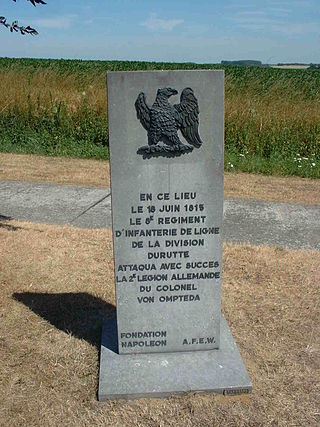
A stele, from Greek στήλη, stēlē, plural στήλαι stēlai, is a stone or wooden slab, generally taller than it is wide, erected in the ancient world as a monument. The surface of the stele often has text, ornamentation, or both. These may be inscribed, carved in relief, or painted.

The Carnegie Museum of Art is an art museum in the Oakland neighborhood of Pittsburgh, Pennsylvania, United States. The museum was originally known as the Department of Fine Arts, Carnegie Institute and was formerly located at what is now the Main Branch of the Carnegie Library of Pittsburgh. The museum's first gallery was opened for public viewing on November 5, 1895. Over the years, the gallery vastly increased in size, with a new building on Forbes Avenue built in 1907. In 1963, the name was officially changed to Museum of Art, Carnegie Institute. The size of the gallery has tripled over time, and it was officially renamed in 1986 to "Carnegie Museum of Art" to indicate it clearly as one of the four Carnegie Museums.
Events from the year 1966 in art.
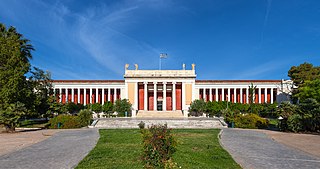
The National Archaeological Museum in Athens houses some of the most important artifacts from a variety of archaeological locations around Greece from prehistory to late antiquity. It is considered one of the greatest museums in the world and contains the richest collection of Greek Antiquity artifacts worldwide. It is situated in the Exarcheia area in central Athens between Epirus Street, Bouboulinas Street and Tositsas Street while its entrance is on the Patission Street adjacent to the historical building of the Athens Polytechnic university.

David C. Driskell was an American artist, scholar and curator recognized for his work in establishing African-American Art as a distinct field of study. In his lifetime, Driskell was cited as one of the world's leading authorities on the subject of African-American Art. Driskell held the title of Distinguished University Professor of Art Emeritus at the University of Maryland, College Park. The David C. Driskell Center at the University of Maryland, is named in his honor.
Sheffield, England, has a large population of amateur, working and professional visual artists and artworks.

Leeds City Museum, originally established in 1819, reopened in 2008 in Leeds, West Yorkshire, England. It is housed in the former Mechanics' Institute built by Cuthbert Brodrick, in Cookridge Street. It is one of nine sites in the Leeds Museums & Galleries group.
Adam Chodzko is a contemporary British artist, exhibiting internationally. His practice uses a wide range of media, including video, installation, photography, drawing, and performance.
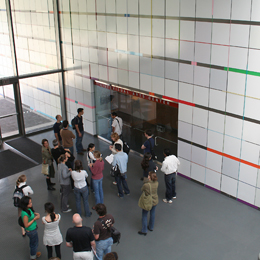
Established in 1950, the List Visual Arts Center (LVAC) is the contemporary art museum of the Massachusetts Institute of Technology. It is known for temporary exhibitions in its galleries located in the MIT Media Lab building, as well as its administration of the permanent art collection distributed throughout the university campus, faculty offices, and student housing.

Waterworks River is a river, at one time a tidal river, in the London Borough of Newham, one of the Bow Back Rivers that flow into the Bow Creek part of the River Lea, which in turn flows into the River Thames.
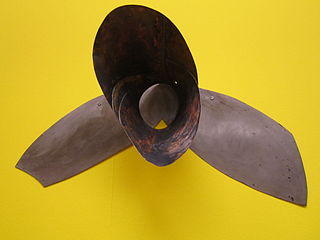
Alison Mary Wilding OBE, RA is an English artist noted for her multimedia abstract sculptures. Wilding's work has been displayed in galleries internationally.

Cantor Arts Center is an art museum on the campus of Stanford University in Stanford, California, United States.

Bixi, or Bi Xi, is a figure from Chinese mythology. One of the nine sons of the Dragon King, he is depicted as a dragon with the shell of a turtle. Stone sculptures of Bixi have been used in Chinese culture for centuries as a decorative plinth for commemorative steles and tablets, particularly in the funerary complexes of its later emperors and to commemorate important events, such as an imperial visit or the anniversary of a World War II victory. They are also used at the bases of bridges and archways. Sculptures of Bixi are traditionally rubbed for good luck, which can cause conservation issues. They can be found throughout East Asia and the Russian Far East.
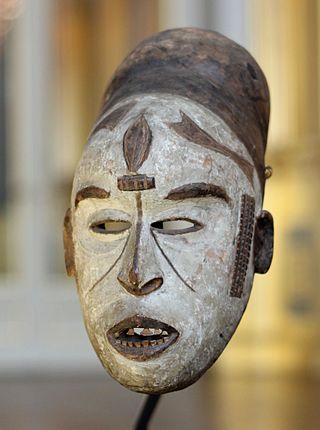
Some African objects had been collected by Europeans for centuries, and there had been industries producing some types, especially carvings in ivory, for European markets in some coastal regions. Between 1890 and 1918 the volume of objects greatly increased as Western colonial expansion in Africa led to the removal of many pieces of sub-Saharan African art that were subsequently brought to Europe and displayed. These objects entered the collections of natural history museums, art museums and private collections in Europe and the United States. About 90% of Africa's cultural heritage is believed to be located in Europe, according to French art historians.
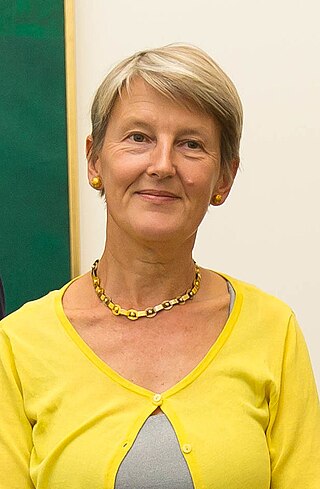
Penelope Curtis is a British art historian and curator. Fom 2015 to 2020 she was the director of Lisbon's Museu Calouste Gulbenkian, and from 2010 to 2015 director of Tate Britain. She is the author of several monographs on sculpture and has written widely at the invitation of contemporary artists.
Amy Sharrocks is a UK based live artist, sculptor, filmmaker and curator from London, England. Sharrocks' work focuses on collaboration and exchange, inviting people on journeys that they also help to create. She is known for large scale, live artworks in public places that use everyday activities, such as swimming or walking, in spectacular ways. Many of her artworks investigate the nature of cities, explore the importance of fluidity as a way of thinking, and question our constructs of city life. Her work has been supported by Arts Council England, The Live Art Development Agency and Artsadmin. Major works include SWIM (2007), a 50-person swim across London, and the ongoing Museum of Water (2013-Ongoing), a collection of over one thousand bottles of water from around the world.
Lisa Le Feuvre is a curator, writer, editor and public speaker. In 2017 she was appointed the inaugural Executive Director of Holt/Smithson Foundation, an artist endowed foundation that aims to continue the creative and investigative legacies of the artists Nancy Holt and Robert Smithson.
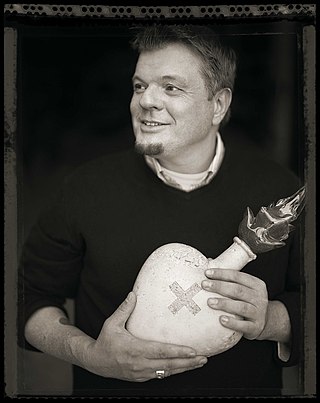
Tim Tate is an American artist and the co-founder of the Washington Glass School in the Greater Washington, DC capital area. The school was founded in 2001 and is now the second largest warm glass school in the United States. Tate was diagnosed as HIV positive in 1989 and was told that he had a year left to live. As a result, Tate decided to begin working with glass to leave a legacy behind. Over a decade ago, Tate began incorporating video and embedded electronics into his glass sculptures, thus becoming one of the first artists to migrate and integrate the relatively new form of video art into sculptural works. In 2019 he was selected to represent the United States at the sixth edition of the Glasstress exhibition at the Venice Biennale.
Terence Frederick Friedman (1940-2013) was an American-born art and architectural historian and museum curator. After his death in Leeds, UK, The Sculpture Journal, in their tribute, defined him as ‘a rare being - a scholar curator working in a regional museum, and an outstanding art historian, educator and collector’. He was also a highly acclaimed author and respected as a leading authority on 18th century ecclesiastical architecture. His book, The Eighteenth-Century Church in Britain, the first substantial study of the subject to appear in over half a century, won the William MB Berger Prize for British Art History in 2012.















